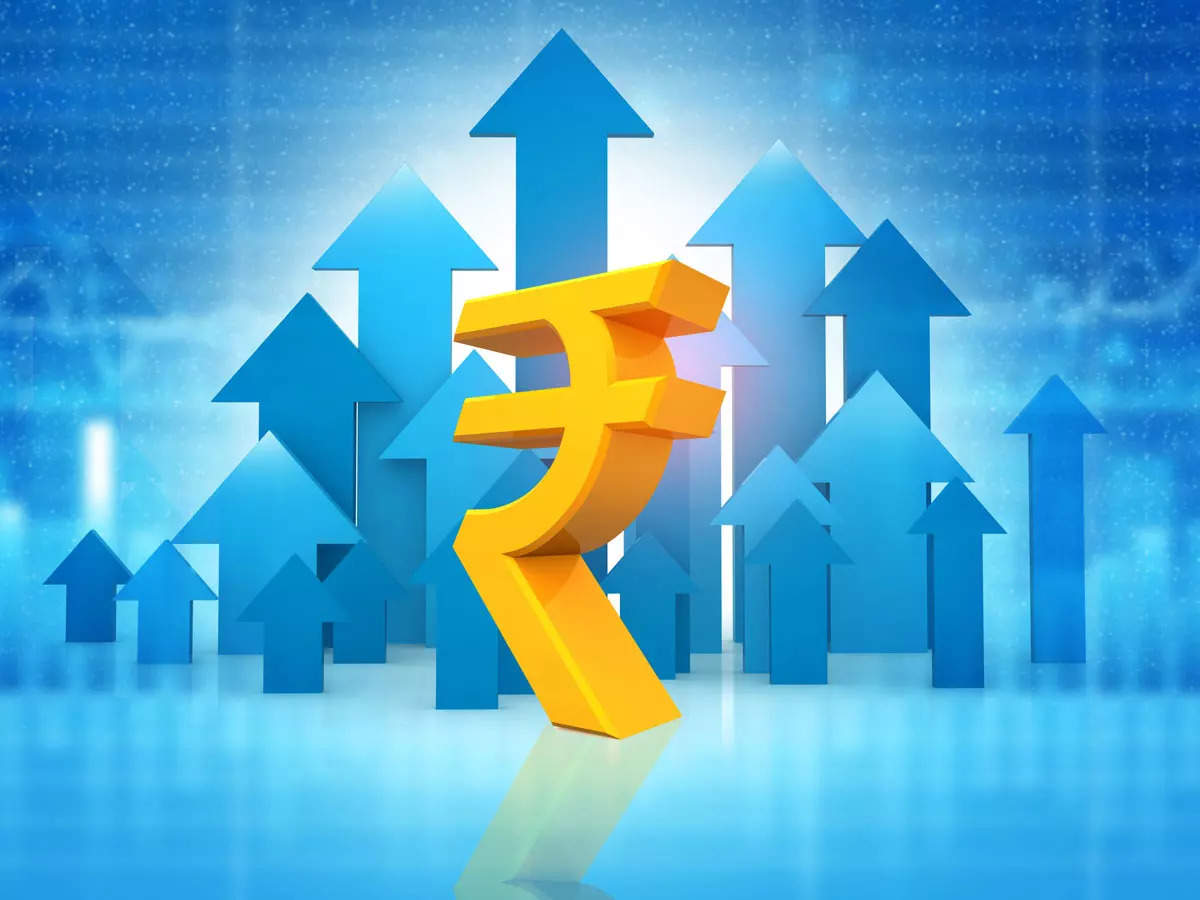India’s Ascendancy: Asia’s 2nd Largest Economy by 2030

India’s Ascendancy: Asia’s 2nd Largest Economy by 2030
In a recent report by S&P Global, a leading provider of financial market intelligence, it was projected that India is on course to surpass Japan as the second-largest economy in Asia by 2030. This remarkable development would place India right behind China, establishing the nation as a predominant economic powerhouse in the region.
India, a country known for its rich cultural heritage and diverse landscape, is poised to make a significant mark on the global economic stage. According to a report by S&P Global, India is on track to surpass Japan and become the second-largest economy in Asia by the year 2030.
This transformation marks a significant milestone in India’s economic journey and has far-reaching implications for both the country and the global economy.
Before delving into the factors contributing to India’s economic ascent, it is essential to understand the current economic landscapes of both India and Japan.
As of the knowledge cutoff date in September 2021, Japan was the third-largest economy in the world, trailing behind the United States and China. Japan’s economy, known for its technological prowess and innovation, has been a global economic powerhouse for decades.
In contrast, India held the fifth position in the global economic rankings, with a vibrant and rapidly growing economy, driven by a large and youthful population.
Several key factors contribute to India’s projected rise as the second-largest economy in Asia by 2030:
- Demographic Dividend: India boasts a youthful population, with a median age significantly lower than that of Japan. This demographic advantage provides India with a massive workforce, which, when effectively harnessed, can drive economic growth through increased productivity and innovation.
- Economic Reforms: India has initiated a series of economic reforms aimed at enhancing its business environment, attracting foreign investments, and simplifying tax structures. Initiatives like “Make in India” and “Digital India” have further encouraged entrepreneurship and innovation.
- Infrastructure Development: India is heavily investing in infrastructure development, including transportation, energy, and digital infrastructure. These investments not only boost domestic economic activity but also position India as a regional economic hub.
- Services Sector: India’s services sector, which includes IT and software services, has been a significant contributor to its economic growth. The country’s expertise in IT and software development has made it a global outsourcing destination, attracting foreign investments and generating substantial foreign exchange earnings.
- FDI Inflows: India has been successful in attracting foreign direct investments (FDI) across various sectors, including technology, manufacturing, and renewable energy. These investments bolster economic growth and job creation.
- Political Stability: India’s democratic system and political stability provide a conducive environment for economic growth and foreign investment.

While India’s economic growth story is promising, it also faces several challenges that need to be addressed to achieve the S&P Global projection:
- Income Inequality: Income inequality in India remains a pressing issue. Ensuring that economic growth benefits all segments of the population is crucial for long-term stability and sustainability.
- Infrastructure Gaps: While India is making substantial investments in infrastructure, there are still gaps in terms of quality and coverage. These need to be addressed to facilitate seamless economic growth.
- Regulatory Hurdles: India must continue to streamline its regulatory processes and reduce bureaucratic hurdles to make it easier for businesses to operate and thrive.
- Education and Skilling: To fully harness its demographic dividend, India needs to invest in education and skilling programs to equip its workforce with the skills required for a rapidly changing global economy.
India boasts one of the youngest populations in the world, with a median age of around 28 years. This youthful demographic provides a large and productive labor force which, if harnessed correctly, could lead to substantial economic gains.
India is home to a burgeoning tech industry and a thriving startup culture, especially in cities like Bangalore, Hyderabad, and Gurugram. Indian startups have been receiving significant investments, driving innovations across sectors.

The ‘Make in India’ initiative, launched in 2014, aims to make India a global manufacturing hub. It has attracted investments from multinational corporations and spurred domestic industrial growth.
Recent reforms, such as the introduction of the Goods and Services Tax (GST) and the Insolvency and Bankruptcy Code, have simplified business operations and addressed longstanding structural issues.
Unlike India, Japan is facing an aging population with a shrinking workforce. This demographic challenge has been a primary reason behind its stagnant growth.Japan has been battling chronic deflation for decades, which has impacted domestic consumption and investment.
With a debt-to-GDP ratio surpassing 200%, Japan’s fiscal situation remains a concern for its long-term economic outlook.
As India grows, it will likely attract even more foreign direct investment (FDI) given its market size, growth potential, and strategic importance.
An economically stronger India could redefine trade relationships within Asia and globally. This might lead to new alliances and partnerships.
Economic strength invariably translates to political influence. With India’s rise, the geopolitical balance in Asia and beyond might see a shift.

While the projections are positive, India will have to navigate challenges like infrastructure development, bridging the skill gap, improving ease of doing business, and addressing environmental concerns to sustain this growth.
S&P Global’s forecast highlights the potential tectonic shifts in the economic landscape of Asia. As India continues on its growth trajectory and Japan grapples with its challenges, the next decade will be crucial in determining the final standings.
The broader ramifications of this shift, both economically and geopolitically, will be felt worldwide, marking a significant moment in global economic history.
India’s ascent to becoming the second-largest economy in Asia has significant global implications. It not only cements India’s role as a key player in the global economy but also presents new opportunities for international trade and cooperation.
As India’s economy grows, its consumer market expands, offering attractive prospects for multinational companies. Moreover, India’s economic strength can play a pivotal role in regional stability and development in Asia.
The S&P Global report forecasting India’s rise to the second-largest economy in Asia by 2030 underscores the nation’s potential and its ongoing efforts to drive economic growth.

While challenges remain, India’s demographic dividend, economic reforms, and investments in infrastructure and technology position it for sustained and robust economic expansion.
This transformation will not only benefit India but will also have far-reaching implications for the entire Asian region and the global economy.
As India continues to evolve as an economic powerhouse, the world will be closely watching its progress and opportunities it presents for international trade and cooperation.





